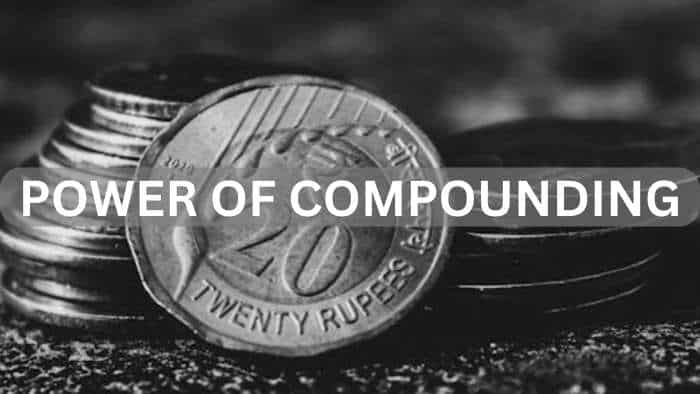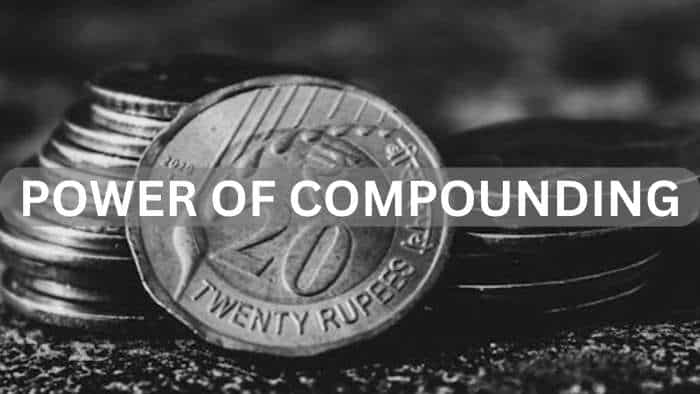How to maintain car brakes: Top 5 tips to keep them in tip-top condition
On any given day, a driver faces myriad situations signals , potholes, unmarked speed breakers, unruly road users that have them stepping on the brakes frequently. Depressing the brake pedal results in the brake pads rubbing against the brake disc which slows down the wheels and the vehicle. Over time, the braking material on the pads degenerates due to heat generated by the friction. So, it is important to realise that brakes are consumables

After the horn, it’s probably the brakes that are the Indian motorist’s favourite component in a car. On any given day, a driver faces myriad situations signals, potholes, unmarked speed breakers, unruly road users that have them stepping on the brakes frequently. Depressing the brake pedal results in the brake pads rubbing against the brake disc which slows down the wheels and the vehicle. Over time, the braking material on the pads degenerates due to heat generated by the friction. So, it is important to realise that brakes are consumables. You can surely maintain the effectiveness over longer periods of time by braking correctly and with some basic care. So, here‘s how you can get the best out of your car‘s brakes.
Intuitive driving
Reading the road ahead correctly avoids the need to slam the brakes. Observation is key in developing a strong on-road intuition. For example, when you see a red signal on in the distance, it is always better to coast up to it rather than drive up fast, then hit the brakes and wait for the light to turn green. With practice, you’ll be able to develop this driving intuition to better negotiate successive signals, avoid bunched up traffic, adjust speeds for turns, etc. However, always be mindful of elements like the road, weather and the condition of your vehicle, which are critical factors that can have an impact on your braking reaction time.
Progressive braking
When slowing down, apply the brakes gently. Locking the wheels wears out the brake components. Braking should be progressive start with light pressure on the pedal, increase it as necessary, and release the pedal in a smooth manner as well when done with braking. By following this, the entire process will be smooth even for the vehicle’s occupants, as there won‘t be any uncomfortable jolts. This technique will also help reduce wear and tear on the braking components, tyres and suspension. Additionally, motorists behind you will also get valuable milliseconds to react to your braking maneuver. If you drive a car without ABS, this is even more important.
Keeping moderate speeds
Coming to a quick stop from a higher speed is really bad for brakes as they wear out due to friction. And higher the speed the more friction there is. For example, stopping from 110kph, rather than 90, causes the brakes to dissipate almost a third more of energy, and in the process, a lot more braking material gets used up. Therefore, you must keep a constant pace and not over speed unnecessarily.
Overheated brakes
Nothing damages your brakes more than overheating. In cases where you have to use the brakes continuously like when driving downhill for prolonged periods the chances for overheating are high. And after a while, their effectiveness also reduces drastically. To prevent this, use the gears when you are descending to bring the car to a halt and allow the brakes to cool down. But it is important to not keep the pedal depressed when doing this as the heat from the pads could get transferred to the disc rotor and result in the disc getting warped.
Service check
--Brakes are critical for driving safely and therefore it is vital to keep them in tip-top shape at all times. In case you notice anything amiss, do not hesitate to get it checked. A routine brake check-up usually involves the following:
-- Measurement of front and rear brake pad wear: If worn out beyond permissible limits, installation of new brake pads (disc brake) or shoes (drum brake) is in order.
-- Measurement of disc or drum wear: Resurface or replace brake rotors or drums if required.
-- Brake fluid check: Check for brake fluid level. If brakes are spongy, brake-bleeding is necessary.
-- Vacuum hose inspection: Get the vacuum hose from the inlet manifold to the servo checked for cracks and leaks. Replace the hose at the earliest, if you spot any damage.
(By Mark Narakaden, DNA)
Get Latest Business News, Stock Market Updates and Videos; Check your tax outgo through Income Tax Calculator and save money through our Personal Finance coverage. Check Business Breaking News Live on Zee Business Twitter and Facebook. Subscribe on YouTube.
RECOMMENDED STORIES

SIP Calculation at 12% Annualised Return: Rs 10,000 monthly SIP for 20 years, Rs 15,000 for 15 or Rs 20,000 for 10, which do you think works best?

FD Rates for Rs 10 lakh investment: Compare SBI, PNB, HDFC, ICICI, and Post Office 5-year fixed deposit returns

LIC Saral Pension Plan: How much should you invest one time to get Rs 64,000 annual pension for life?

SIP Calculation at 12% Annualised Return: Rs 1,000 monthly SIP for 20 years, Rs 4,000 for 5 years or Rs 10,000 for 2 years, which do you think works best?

UPS vs NPS vs OPS: Last-drawn basic salary Rs 90,000 and pensionable service 27 years? What can be your monthly pension in each scheme?
11:56 AM IST









 Hyundai sales dip 3% in February at 58,727 units
Hyundai sales dip 3% in February at 58,727 units  BMW 3 Series LWB launched in India: From price to features, engine - here's everything you need to know
BMW 3 Series LWB launched in India: From price to features, engine - here's everything you need to know MG Comet Blackstorm Edition launched in India: Price, booking, other key things you need to know
MG Comet Blackstorm Edition launched in India: Price, booking, other key things you need to know Tesla needs to produce cars in India to scale, keep price between Rs 25-30 lakh: CLSA
Tesla needs to produce cars in India to scale, keep price between Rs 25-30 lakh: CLSA Tata reaches 2 lakh electric car sales, announces limited period exclusive benefits
Tata reaches 2 lakh electric car sales, announces limited period exclusive benefits